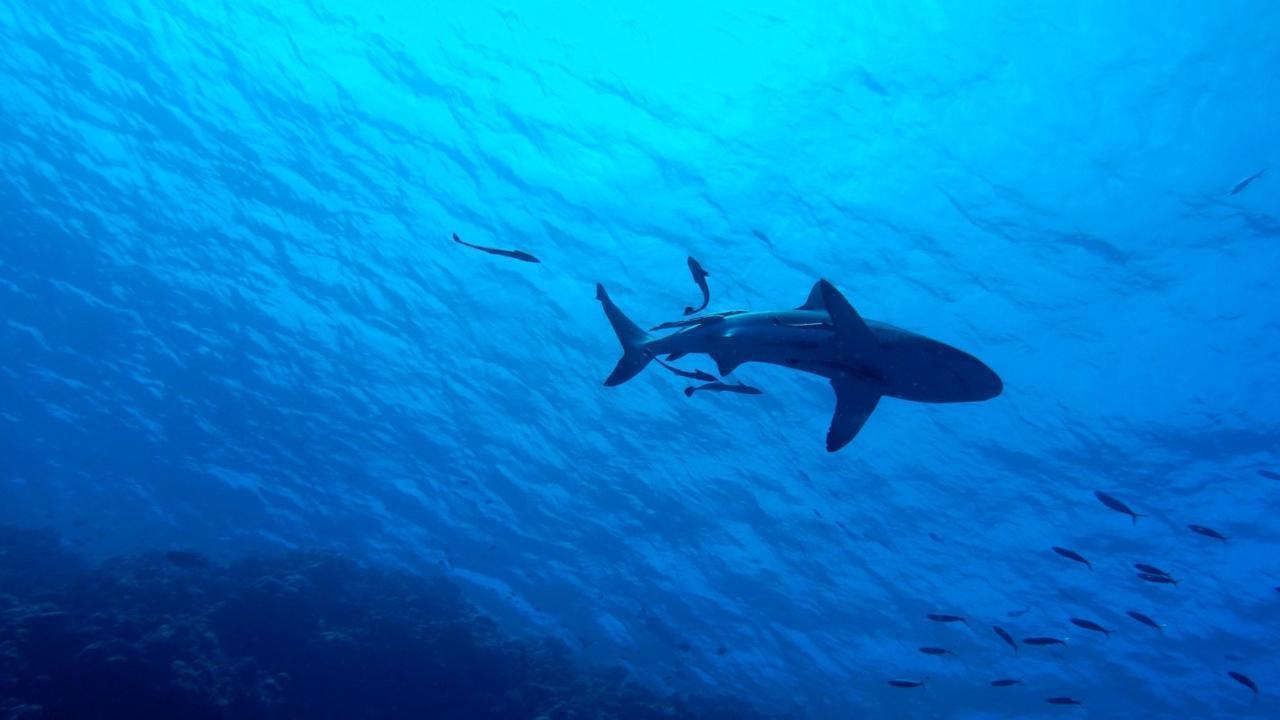
Join 10k+ people to get notified about new posts, news and tips.
Do not worry we don't spam!

Post by : Anis Farhan
Amid mounting global shipping uncertainties—from Red Sea tensions and climate-induced chokepoint delays to volatile freight rates—Indonesia and Vietnam are emerging as proactive players in regional trade realignment. In the first half of 2025, the two Southeast Asian nations deepened bilateral cooperation through new maritime trade corridors, upgraded port infrastructure, and signed logistics agreements aimed at insulating their economies from global bottlenecks.
At a time when traditional trade routes through the Suez Canal, Panama Canal, and key Chinese ports are facing disruptions or capacity issues, Indonesia and Vietnam are offering alternative, ASEAN-centric shipping corridors that serve not only their own export ambitions but also those of neighboring nations looking for reliable transshipment hubs.
The renewed momentum is driven by both necessity and opportunity. With combined GDPs nearing USD 1.5 trillion and a total population of over 360 million, the two countries are among ASEAN’s fastest-growing economies. Coordinated efforts to modernize and integrate their logistics ecosystems could have sweeping implications for the region’s trade resilience and economic competitiveness.
At the core of the new cooperation are upgraded maritime links between Vietnam’s deep-sea ports—such as Cai Mep-Thi Vai and Hai Phong—and Indonesia’s major harbors, including Tanjung Priok in Jakarta, Tanjung Perak in Surabaya, and the under-construction deep-sea port in Patimban.
In March 2025, both governments signed a bilateral port connectivity framework, aiming to streamline customs clearance procedures, standardize cargo documentation, and create preferential routes for containerized trade between the two countries. This agreement is expected to significantly cut shipping time and costs, particularly for textile, electronics, and processed food exports—sectors where both countries have competitive overlap.
In addition, a joint venture between Indonesia’s Pelindo and Vietnam National Shipping Lines (Vinalines) was launched in Q2 to operate feeder services and coastal shipping lanes, reducing dependency on Singaporean or Hong Kong transshipment points. The new routes offer more direct access to ASEAN, South Asia, and even parts of the Middle East, amid rising pressure on global trade arteries.
The urgency of this strategic alignment stems from a changing global shipping environment. Since late 2023, persistent attacks on Red Sea shipping lanes and rerouting around the Cape of Good Hope have inflated transit times and freight insurance premiums. Meanwhile, severe droughts have reduced the capacity of the Panama Canal, delaying East Asia–Atlantic trade flows.
Against this backdrop, companies are reevaluating where and how their goods move. Multinational corporations—particularly in textiles, consumer electronics, and auto components—are increasingly shifting to “China+1+N” strategies, where regional supply chains are built across multiple Southeast Asian countries instead of relying on single-country hubs.
Indonesia and Vietnam, with their strategic geographic positioning, can offer resilient, redundant, and cost-effective alternatives for these fragmented chains. While Vietnam serves as a high-speed exporter of electronics and garments, Indonesia provides bulk cargo strength in palm oil, coal, rubber, and refined metals.
Together, they present a balanced maritime logistics ecosystem, now enhanced by better digital coordination, synchronized port protocols, and investments in smart customs systems.
The private sector has been quick to seize the opportunity. In May 2025, Vietnam’s Gemadept Corporation announced a USD 200 million investment in logistics parks across Sumatra and Java, focusing on cold-chain storage, container freight stations, and multimodal connectivity. On the Indonesian side, companies like Samudera Indonesia and Meratus Line have opened liaison offices in Ho Chi Minh City and Da Nang to promote integrated logistics solutions.
These developments are already showing results. Bilateral trade between the two nations surged by 17% in the first five months of 2025 compared to the same period last year, with Vietnamese exports of electronics and machinery to Indonesia growing sharply, while Indonesian palm oil, seafood, and processed rubber saw rising demand in Vietnam.
E-commerce logistics is another fast-growing frontier. With cross-border online retail expanding across Southeast Asia, last-mile delivery firms are exploring shared infrastructure models. GrabExpress, GDEX, and J&T Express have all participated in pilot programs linking warehousing hubs in Banten and Hanoi through coordinated sea-air cargo models.
Despite the momentum, several challenges remain. One of the biggest hurdles is the lack of synchronized maritime regulations between ASEAN countries. While the new Indonesia-Vietnam corridor aims to standardize procedures, other ports across the region continue to operate with disparate rules, documentation systems, and safety protocols.
Additionally, both countries will need to ramp up investment in port digitization, automation, and environmental standards. While facilities like Cai Mep and Patimban are being developed with smart technologies in mind, many secondary ports still lack the infrastructure to handle increasing traffic efficiently.
Environmental sustainability is another rising concern. As cargo volumes increase, pressure grows on both governments to implement greener port operations—through electrified cranes, low-sulfur fuels, and digital emissions tracking systems—especially if they hope to attract ESG-conscious global shipping lines.
Lastly, security remains a soft spot. Maritime piracy, cyber vulnerabilities in port logistics, and territorial tensions in the South China Sea continue to pose risks to the long-term reliability of these new corridors.
Still, the progress made by Indonesia and Vietnam signals a clear intention: to take control of their maritime future and reduce exposure to distant shocks. Their joint efforts could set a blueprint for ASEAN-led supply chain security, where intra-regional trade corridors gain precedence over dependency on external shipping giants.
The move aligns with broader ASEAN goals under the Master Plan on ASEAN Connectivity 2025, which emphasizes seamless logistics, infrastructure investment, and institutional harmonization. By building functional and efficient bilateral routes, Indonesia and Vietnam may help accelerate a more integrated Southeast Asian economic community.
As the world grapples with increasingly unpredictable trade dynamics, these two nations are showing that regional coordination, if planned carefully, can turn volatility into opportunity.
This article is intended for informational purposes only. It does not offer financial, legal, or logistical advice. Readers are advised to consult official trade and shipping agencies for specific regulations or investment decisions.










Zohran Mamdani Clinches NYC Mayoral Seat as Victory Speech Blends Politics and Bollywood
Zohran Mamdani won New York City's mayoral race, becoming the city's first Muslim and South Asian ma

India Wins First Women’s World Cup 2025 Title
India lifts its maiden Women’s World Cup 2025 title! Harmanpreet Kaur’s team stuns South Africa in a

Manuel Frederick, 1972 Olympic Bronze Goalkeeper, Dies at 78
Manuel Frederick, a member of India’s 1972 Olympic bronze hockey team, has died in Bengaluru at 78 a

Muhammad Hamza Raja Wins IFBB Pro Card Puts Pakistan & UAE on Global Stage
Pakistani bodybuilder Muhammad Hamza Raja earns IFBB Pro Card in Czech Republic, showcasing Dubai’s

Shreyas Iyer’s Recovery Underway After Spleen Laceration in Sydney ODI
Shreyas Iyer is recovering after a spleen laceration sustained while taking a catch in the Sydney OD

Qatar Ready to Host FIFA U-17 World Cup 2025 in Aspire
Qatar confirms full readiness to host the FIFA U-17 World Cup 2025 from November 3–27, with world-cl